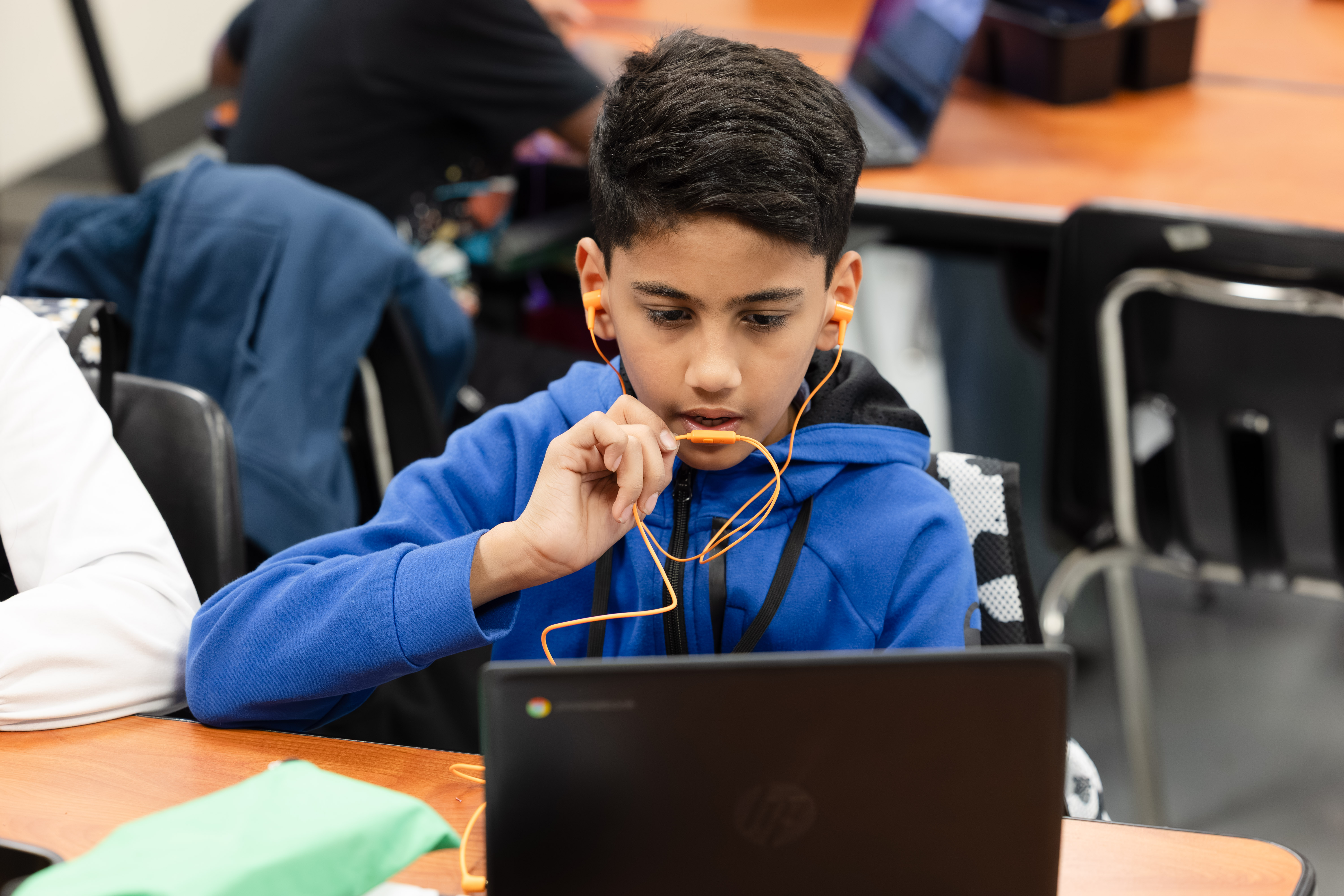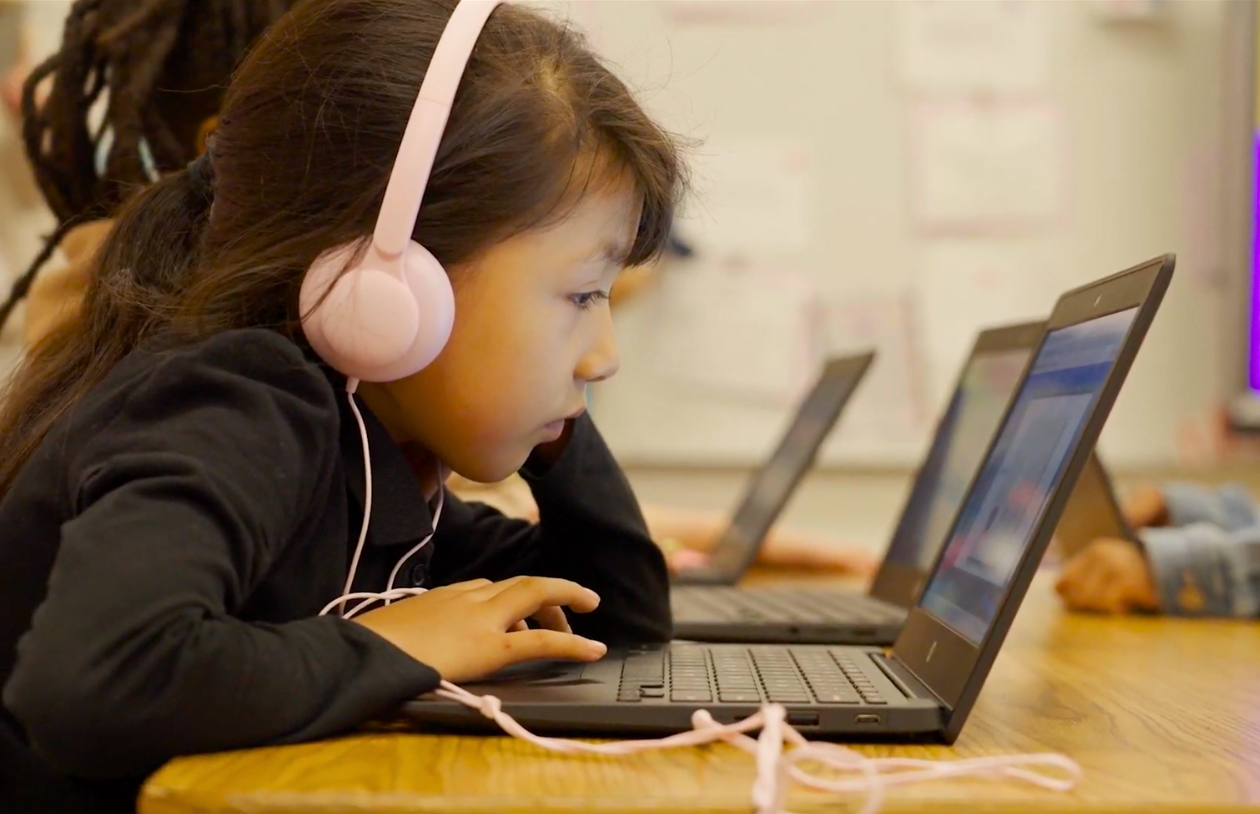4 min Read
Keep Students Engaged Through the Summer: 5 Steps for Parents
At Home
Extended Learning
Parent Tips
Summer

5 Steps for Parents to Engage Students Through the Summer
Research shows that children who read fluently do better in school. It’s not just teachers who make it happen, though. Parents and guardians play a key role, too.
"Summer slide” is the documented learning loss that occurs when students are out of school. By providing parents with the resources they need to stop the summer slide, you will be doing your part to keep students engaged and prepare them for success in the fall.
Here are 5 easy-to-implement ideas to share with students’ parents and guardians to keep them engaged in reading this summer.
- Show. Don’t tell. Encourage parents to let their child see them read. It doesn’t matter what they read — a book, a magazine, an online article — just as long as students see them engaged with text.
- Have a family game night. Playing games like Scrabble, Boggle, Pictionary, and Scattergories can teach spelling, vocabulary, and communication skills.
- Eat dinner as a family without TV or phones. (That’s a tall order, we know!) With older students, have parents focus on a good conversation. Talk about what went on that day or about what’s planned for the rest of the week. For younger students, parents can try to incorporate word games like “I spy something that rhymes with...” or “Name a synonym for...” Make dinner fun and help parents see value in helping their children become good conversationalists!
- Keep track of it all. Mark a calendar with the amount of time students spend reading (and working on Istation, of course) each day. At the end of the summer, add up the hours. When school begins again, encourage parents to tell their child's teachers how much time they spent reading over the summer. Teachers will be thrilled and students will feel proud!
- Ask questions. Whether students are reading or using electronics, encourage parents to engage them with questions. This will help boost their critical thinking skills while providing an opportunity to bond. For great questions to ask, find a list in our Stopping the Summer Slide eBook.
It's never too early to prepare for the summer slide!
Download the eBook to gain access to resources that will help combat the summer slide.
Backed by independent research: Amira demonstrates an effect size of 0.40—twice as effective as traditional tutoring.
Read more from the AI & The Reading Brain Blog
Read the Post

AI in Education
Dual Language
Multilingual Learners or Biliteracy
Read the Post

AI in Education
Literacy Tech Stack
Read the Post
Put Neuroscience-Powered Assessment in Your Classroom
Make the switch from hours of hand-scoring to instant insights. Amira's neuroscience foundation means more accurate data in less time, so you can focus on what matters: teaching.
.avif)
